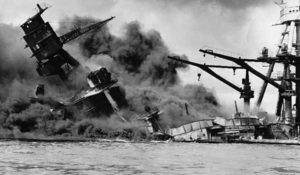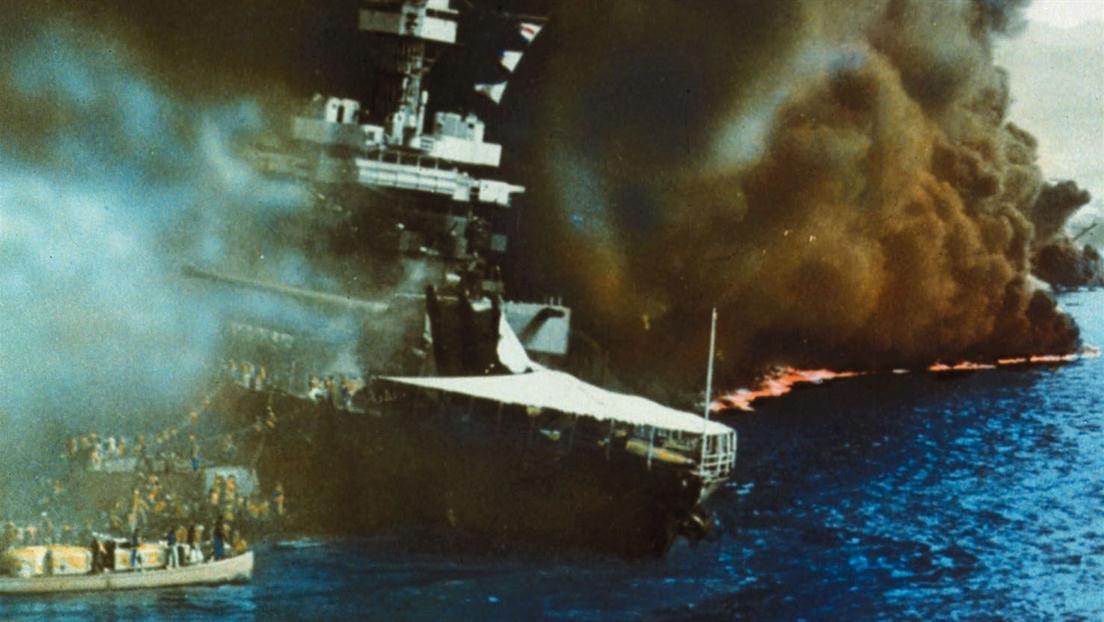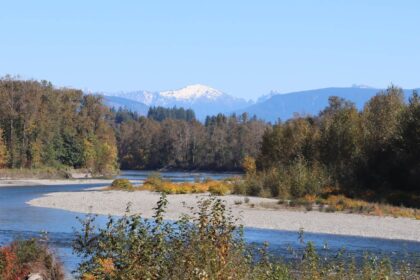The attack on Pearl harbor was a surprise military strike by the Imperial Japanese Navy Air Service against the United States naval base at Pearl Harbor, Hawaii Territory, on the morning of December 7, 1941. The attack is what led to the United States’ entry into World War II. The Japanese military leadership referred to the attack as the Hawaii Operation and Operation AI, and Operation Z. Take a look below for 30 more fascinating and interesting facts about the attack on Pearl Harbor.
1. The Japanese launched their planes in two waves, which were about 45 minutes apart. The first wave of planes struck Pearl Harbor at 7:55 AM while the second wave reached Pearl Harbor at about 8:40 AM.
2. When Japanese Commander Mitsuo Fuchida called out, “Tora! Tora! Tora!”, which translates into “Tiger! Tiger! Tiger!”, upon flying over Pearl Harbor, it was a message to the entire Japanese navy telling them that they caught the American by surprise.
3. The Japanese navy traveled 3,400 miles across the Pacific to execute their attack on Pearl Harbor. The attack force stationed itself about 230 miles north of the Hawaiian island of Oahu.
4. The plans for a surprise attack on the United States began as early as January, 1941. The Japanese forces were led by Vice Admiral Chuichi Nagumo and the fleet consisted of 353 planes.
5. The Japanese used the codename Operation Hawaii for the attack on Pearl Harbor, but later changed it to Operation Z. The Japanese specifically decided to attack on a Sunday because they thought that most Americans would be more relaxed and less able to launch a response.

6. Many United States servicemen that were station in Pearl Harbor were either in their pajamas or eating breakfast in the mess halls when the attack began. They identified the invading planes as Japanese because of the “meatballs,” which is what they called the large, red circle on the side of Japanese planes.
7. The Japanese only attacked the ships at Pearl Harbor and airplanes at Hickman Airfield, leaving the surrounding areas such as repair facilities, the submarine base and fuel oil storages unharmed.
8. They hit airfield at Hickam Field, Wheeler Field, Bellows Field, Ewa Field, Schofield Barracks, and Kaneohe Naval Air Station.
9. The United States aircraft carriers were their primary target, but they weren’t at the base at the time. Because of this, the Japanese cancelled their second planned attack.
10. There were 8 battleships at Pearl Harbor that day, which included all the battleships of the U.S. Pacific fleet except for one, the Colorado. 7 of the 8 United States battleships were lined up on Battleship Row. All 8 battleships were either sunk or damaged during the attack. Amazingly, all but 2, the Arizona and the Oklahoma, were eventually able to return to active duty.
11. The Arizona exploded when a bomb breached its forward magazine, which is the ammunition room. About 1,100 United States servicemen died on board the ship.
12. After being torpedoed, the Oklahoma listed so badly that it turned upside down. During the attack, the Nevada left its berth in Battleship Row and tried to make it to the harbor entrance. However, after being repeatedly attacked on its way there, it beached itself.
13. The help their planes with the attack, the Japanese sent in 5 midget subs to target the battleships. The Americans managed to sink 4 of the midget subs and capture the fifth.
14. In total, 11 other ships were sunk and 188 planes were destroyed. 2,343 servicemen were killed, 1,272 were wounded and 960 were left missing. 68 civilians were killed and 35 were wounded. The Japanese lost 65 men, with some being captured. 28 Japanese planes were shot down and 5 midget submarines were sunk.

15. The next day, the United States declared war on Japan as Franklin D. Roosevelt gave his famous Day of Infamy speech to Congress.
16. The United States declared war on Germany and Italy on December 11, after they declared war on the United States.
17. There was a floating National Monument erected on the hull of the sunken Arizona in 1962.
18. There is a conspiracy theory that Franklin D. Roosevelt provoked the Japanese to attack in order to sway American opinion and make it possible for the United States to enter the war.
19. Remember Pearl Harbor became a rallying cry for the United States soldiers during World War II.
20. The Japanese Admiral Yamamoto Isoroku planned the attack with precision and care. All of the planes on the Japanese ships were fully fueled and armed. It took them 90 minutes to reach Pearl Harbor and they brought a fleet of 30 ships.
21. The Japanese deceived the United States by saying false statements and expressing interest in continued peace, even though the attack was planned weeks in advance.
22. Due to the unpreparedness of the United States military, Admiral Husband Kimmel and General Water Short were relieved of duty. The attack severely crippled the United States naval and air strength in the Pacific.
23. A United States army private who first noticed the large flight of planes on his radar screen was told to ignore them because of a flight of B-17s from the continental United States was expected at that time.
24. The goal of the attack was to buy time for the Japanese to strengthen its position before the American military built enough ships to prevent a Japanese victory and to prevent the American military from interfering with the Japanese conquest of Southeast Asia. However, the Japanese vastly underestimated the United States ability to recover and mobilize for war.

25. The Japanese HA-19 midget submarine was captured. It had a two man crew, Sakamaki and Inagaki. Because of their broken compass, they ended up hitting a reef 3 times and had to abandon ship after it ran a ground. Inagaki drowned while Sakamaki was captured.
26. Japanese Admiral Hara Tadaichi summed up the attack on Pearl Harbor by saying, “We won a great tactical victory at Pearl Harbor and thereby lost the war.”
27. As a direct response for Pearl Harbor, the Japanese cities of Hiroshima and Nagasaki were destroyed by atomic bombs, ending World War II in 1945.
28. As a consequence of the attack on Pearl Harbor, hundreds of Japanese American leaders were rounded up and brought to high security camps. More than 110,000 Japanese Americans were interned.
29. The attack was meant to take place half an hour after the formal declaration of war. However, the 5,000 word notification delivered to the Japanese Embassy in Washington took so long to process that the Japanese ambassador didn’t deliver it in time.
30. In 1999, documents found by a Japanese law professor found vigorous debate inside the Japanese government over how to notify Washington of Japan’s intention to start a war. It appeared that the military didn’t want to give a proper declaration and prevailed. Because there was no official warning or declaration of war before the attack began, the attack on Pearl Harbor was later deemed to be a war crime by an international military tribunal.





One Comment
Pingback:
March 22, 2018 at 11:30 am